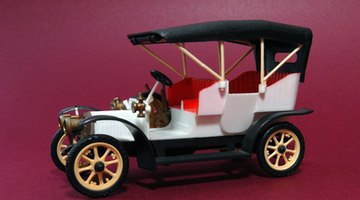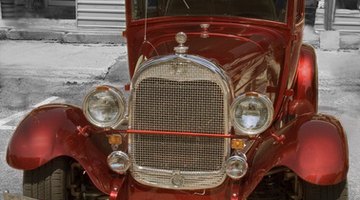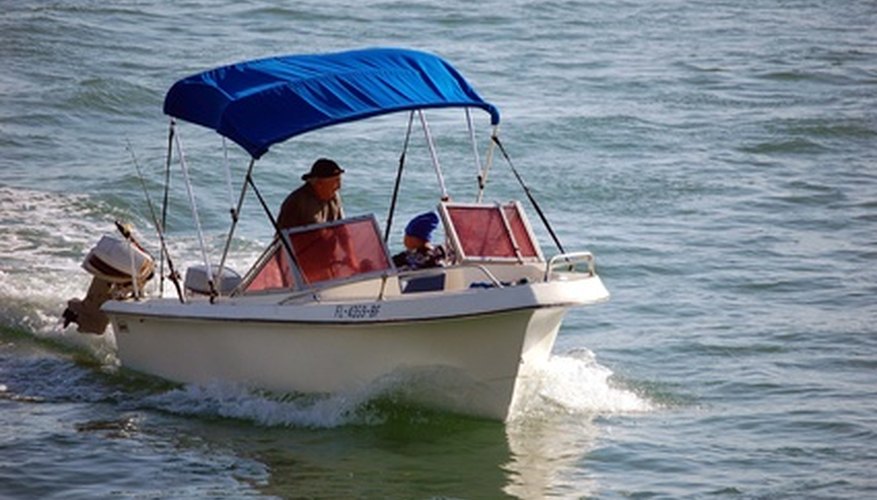It’s the 1890’s in the Oklahoma Territory. Gordon McRae sits next to Shirley Jones bragging about the expensive carriage he is driving to the social. One feature he really likes is the “isinglass curtains you can roll right down in case there’s a change in the weather.” The Rodgers and Hammerstein lyrics describing the “Surrey with The Fringe on Top” imply that these isinglass curtains were “windows” that rolled up in good weather and down in stormy or cold weather. That is what isinglass curtains are, but the isinglass of the 1890’s couldn’t be rolled up and down.
Definition
Isinglass is a semitransparent material formed by cleaning and drying the air bladders of fish such as sturgeon and cod. The substance is used in clarifying wine and beer and making glues and cement. Isinglass is also a synonym for any transparent material that is used to bring sunlight indoors while providing protection from the wind, rain and cold.
History

Mica is a mineral made from watery silicates of aluminium or potassium that crystallise into forms that can be cut into very thin, transparent sheets. The Romans were the first to use mica strips to cover window openings. Mica windows were the earliest form of windows in the United States. Because these thin sheets were transparent, they were called isinglass windows. Mica is also heat resistant, so sheets of mica were used to make isinglass curtains for lanterns and stoves. After the invention of electricity, isinglass was used to make lamp shades because it is also resistant to electricity.
- Mica is a mineral made from watery silicates of aluminium or potassium that crystallise into forms that can be cut into very thin, transparent sheets.
- Mica is also heat resistant, so sheets of mica were used to make isinglass curtains for lanterns and stoves.
Celluloid
In packaging.com's July 8, 2010 newsletter, there is an article about the history of celluoid and rayon. Celluloid is a transparent form of polyvinylchloride, more commonly referred to as vinyl. Products made from PVC began to replace metal, wood and glass in the 1920s because PVC was resistant to corrosion and chemicals and was flame-resistant as well. PVC could be as rigid as pipe but pliable as cling film and was much lighter than metal or glass. Plastic was also resistant to rot and mould.
- In packaging.com's July 8, 2010 newsletter, there is an article about the history of celluoid and rayon.
- PVC could be as rigid as pipe but pliable as cling film and was much lighter than metal or glass.
Model T's

The Model T Ford of the 1920s was open on the sides with a detachable, canopy roof. The canopy had no windows, however, because using glass windows would make the car too heavy. If the glass broke, the flying shards also posed a threat, so the manufacturers began making celluloid windows they called isinglass curtains. These curtains could be taken off and stored under the seat of the car when the weather was nice.
- The Model T Ford of the 1920s was open on the sides with a detachable, canopy roof.
- The canopy had no windows, however, because using glass windows would make the car too heavy.
Isinglass Curtains

Hard tops and safety glass windows replaced the canopy tops with isinglass curtains in the 1930’s. Today, isinglass curtains are the vinyl windows zipped into the canvas top used on a motorboat. These curtains can be rolled up and stored when the boat is in dry dock or when the weather is nice. They can be unrolled and zipped into place any time "there is a change in the weather." They hold tight against boat speeds up to 30 knots and a driving rain.
- Hard tops and safety glass windows replaced the canopy tops with isinglass curtains in the 1930’s.
- These curtains can be rolled up and stored when the boat is in dry dock or when the weather is nice.
